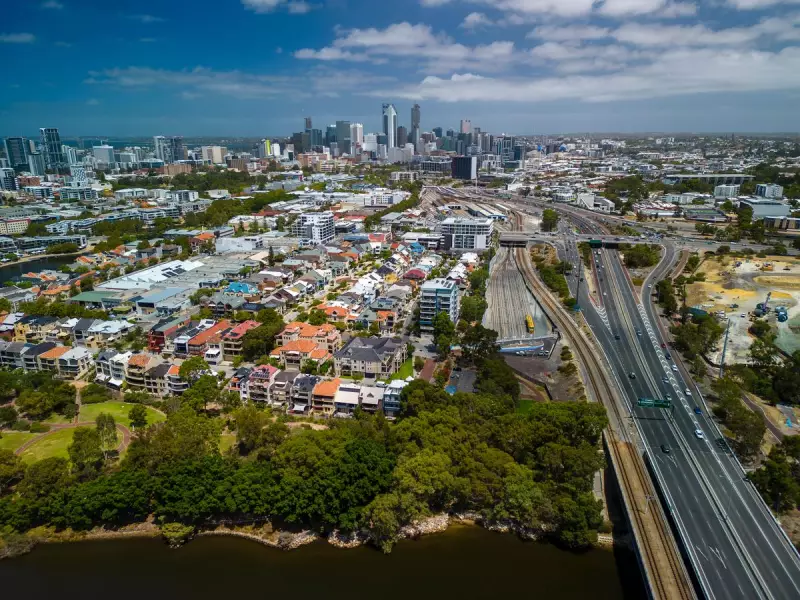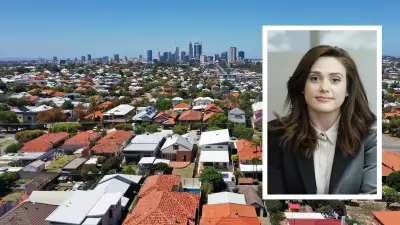
Perth stands at a critical crossroads, facing what urban planning experts describe as 'density denial' that threatens to undermine the city's future liveability and housing affordability. The Western Australian capital must embrace vertical growth to accommodate its expanding population while preserving the character that makes Perth unique.
The Housing Crisis Reality
Perth's population continues to surge, placing unprecedented pressure on the city's housing market and infrastructure. Current projections indicate the metropolitan area needs to accommodate hundreds of thousands of new residents in the coming decades. The traditional model of suburban sprawl, which has defined Perth's growth for generations, is no longer sustainable.
The city's reluctance to embrace higher density living creates a paradox where residents want to maintain their lifestyle but fail to recognise the necessary changes required to sustain it. This resistance to urban consolidation threatens to push housing further outwards, increasing commute times, infrastructure costs, and environmental impacts.
The Economic and Social Consequences
Urban sprawl comes with significant economic costs that many residents don't immediately recognise. Extending infrastructure like roads, public transport, water, and electricity to new outer suburbs requires massive public investment. These costs ultimately fall on taxpayers, while existing inner and middle-ring suburbs often miss out on infrastructure upgrades.
Young people and essential workers are increasingly priced out of the housing market, creating social inequality and workforce shortages in key sectors. Teachers, nurses, and police officers struggle to find affordable accommodation near their workplaces, leading to longer commutes and reduced quality of life.
The environmental impact of continued urban expansion cannot be ignored. Sprawling suburbs consume valuable agricultural land and natural habitats while increasing reliance on private vehicles. This contributes to traffic congestion, air pollution, and higher carbon emissions at a time when cities worldwide are moving toward more sustainable models.
The Path Forward: Smart Vertical Growth
Strategic urban infill and medium-density development offer the most practical solution to Perth's growth challenges. Rather than allowing uncontrolled high-rise development across the city, planners advocate for targeted increases in density around transport corridors and activity centres.
This approach allows Perth to grow upwards in appropriate locations while protecting the character of established residential areas. Well-designed medium-density housing, including townhouses, terrace homes, and low-rise apartments, can provide diverse housing options without dramatically altering neighbourhood feel.
Successful examples of urban consolidation already exist in Perth suburbs that have managed to increase density while maintaining community character. These models demonstrate that with careful planning and community engagement, density doesn't have to mean sacrificing quality of life.
The time for decisive action is now. As Perth continues to grow, the choices made today about urban development will shape the city for generations to come. Embracing well-planned vertical growth represents the most sustainable path forward for Western Australia's capital.





